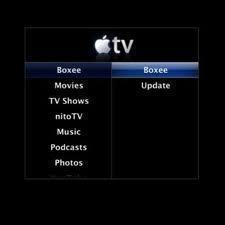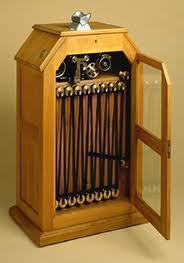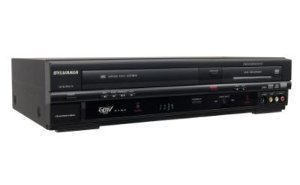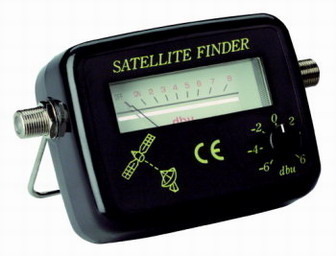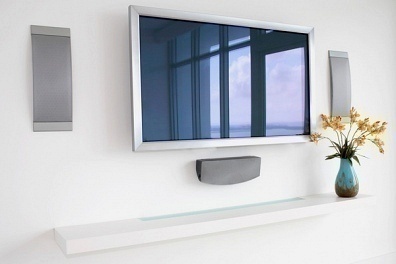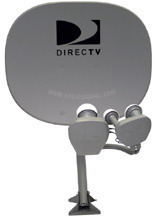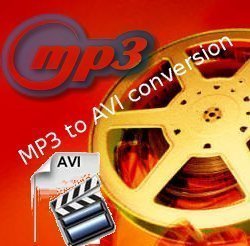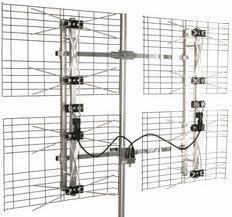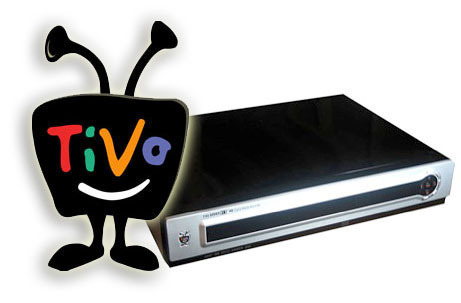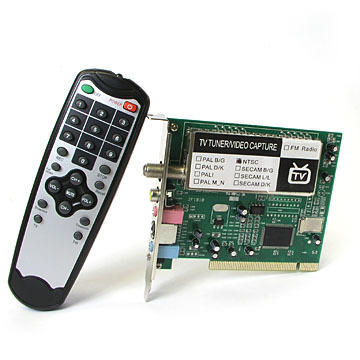How Does Apple TV Work?
Apple TV is a device that is designed to stream video and other content from iTunes and directly through the iTunes store. An Apple iTunes account is required and the account must have sharing enabled. Local sources can also be used to stream to the Apple TV hardware via a computer running the Apple iTunes …

